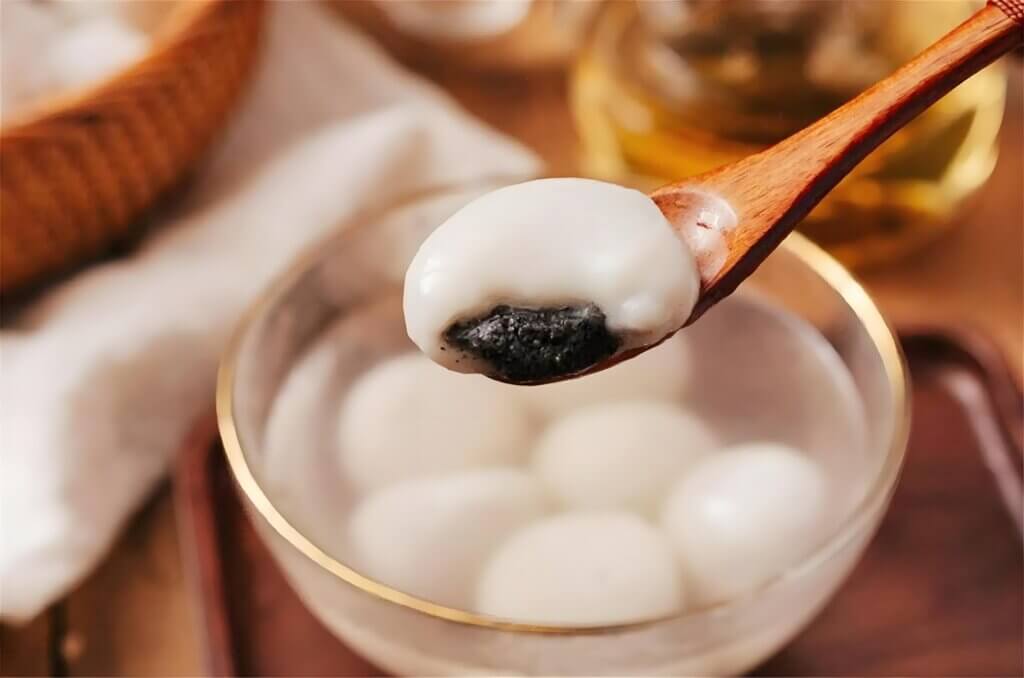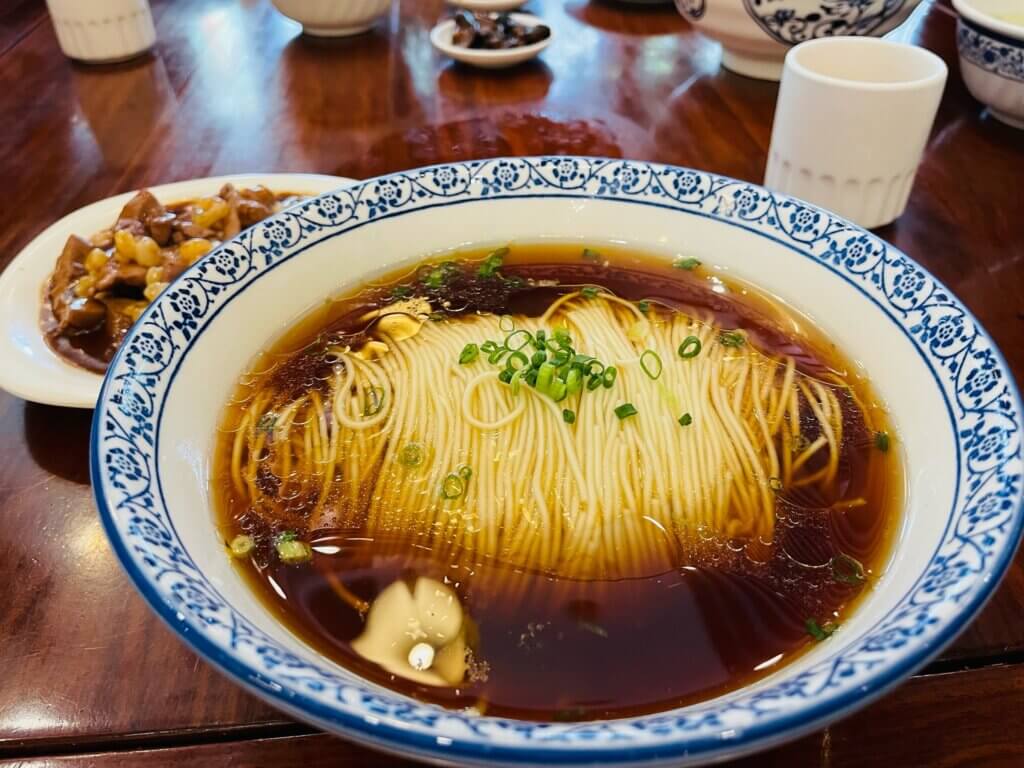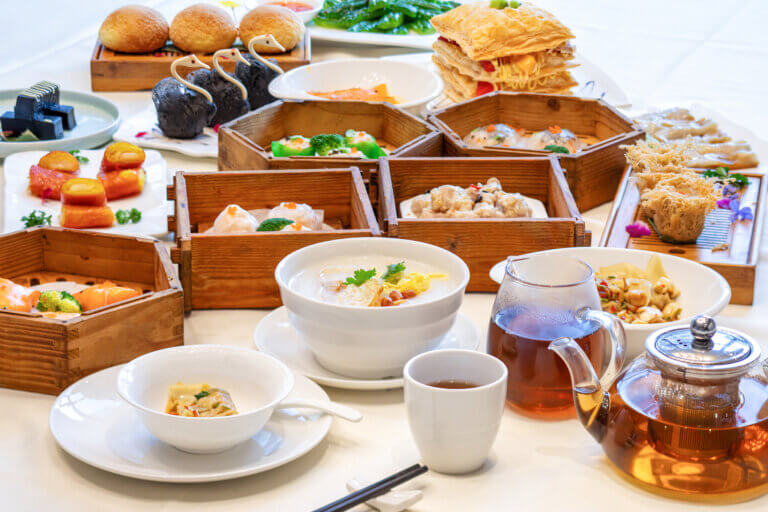
Chapter 1: Tangyuan—The Sweet Emissaries of Togetherness
Let me introduce you to my plump, pillowy friends: tangyuan (汤圆). These sticky rice dumplings, often no larger than a ping-pong ball, are the edible heartbeat of China’s Lantern Festival. Imagine biting into a soft, chewy shell to find molten black sesame, sweet red bean, or even floral rose paste—each bite a tiny celebration.
But why do these glutinous globes matter? The Lantern Festival, marking the end of Lunar New Year celebrations (usually in February), is a kaleidoscope of light, riddles, and family reunions. Ancient Chinese believed round shapes symbolized wholeness, and eating tangyuan—”tuanyuan” (团圆), meaning “reunion”—was a prayer for unity. Today, lantern-lit streets hum with laughter, while kitchens steam with these sweet orbs.
Chapter 2: Crafting Tangyuan—A Labor of Love (and Sticky Fingers)
Let’s roll up our sleeves. Making tangyuan is like sculpting edible snowballs, but with a learning curve.
Ingredients (Serves 4, ~5–5–10):
- Glutinous rice flour (2–2–4 per bag)
- Fillings: Black sesame paste (3),peanutpowder(3),peanutpowder(2), or fruit jams ($3)
- Water (free, but patience is priceless)
Step-by-Step:
- Mix the dough: Combine flour with warm water until it resembles Play-Doh. Too dry? Add water. Too sticky? More flour. Simple? Not quite—your first batch might look like lumpy marbles.
- Shape the filling: Roll nutty or sweet pastes into pea-sized balls. Pro tip: Freeze them briefly to prevent leakage.
- Wrap & roll: Flatten a dough piece, nestle the filling inside, and seal gently. Rotate between your palms until smooth. Perfection is optional; cracks add “rustic charm.”
- Boil: Drop tangyuan into simmering water. When they float like cheerful buoys (~5 minutes), they’re ready.
Cultural Twist: In southern China, tangyuan swim in ginger syrup; northerners prefer savory versions with minced meat. My disastrous first attempt? Let’s just say my “tangyuan” resembled amoebas. But practice makes less imperfect!
Chapter 3: Tangyuan Etiquette—Don’t Burn Your Tongue (or Traditions)
Even delicious traditions come with rules.
1. Moderation is key: One tangyuan = ~50 calories. Six? You’ll need a nap. Balance them with tea—oolong cuts the sweetness.
2. Chopstick mastery: Skewer them gently. Aggressive stabbing risks filling eruptions (and wardrobe disasters).
3. Symbolic servings: Serve even numbers—8 for prosperity, 6 for smoothness. Odd numbers? Save those for breakups.
4. Allergy alerts: Nut-filled tangyuan are common. Always ask before gifting—unless you enjoy ER visits.
5. Storage hacks: Uncooked tangyuan freeze well (2 months). Cooked ones? Eat fresh; reheated ones turn rubbery.
Pro Tip: In Taiwan, tangyuan shops charge 3–3–8 per bowl. Upscale restaurants? Up to $15! But homemade batches, flaws and all, taste like love.
Epilogue: Why Tangyuan Stick Around
Tangyuan aren’t just desserts—they’re edible heirlooms. Every Lunar New Year, my grandmother would say, “The rounder the tangyuan, the sweeter the year.” She’s gone now, but folding dough still feels like holding her hands.
So, next Lantern Festival, skip the takeout. Gather flour, fillings, and loved ones. Laugh at lopsided dumplings. Burn your tongue on molten sesame. Because tangyuan, like life, are best shared—sticky, sweet, and imperfectly perfect.




